Gupta period, the golden age of Indian history, is named so, since almost all the basic norms of Indian Culture were formulated during this period. The essence of Indian culture is religion with elaborate ritual practices, the nucleus of which is the abode or shrine of the divinities. The tradition to build temples was not only initiated, but after undergoing a number of stages of development, a logical format embracing architectural and ritualistic requirements was acquired during Gupta period. The main temple at Bhitari is a classical temple of the period and is also unique in more than one ways. At most of the sites of the Ganga plains, Gupta period is either poorly represented or is indistinct. This has raised a number of historical issues, which at times even questions the relevance of the label ‘Golden Age’ for Gupta period. To find amicable solutions to such doubts, it is imperative to have detailed documentation of extensively excavated remains of the early historical period in general and Gupta period in particular. Bhitari is so far the only Gupta period settlement, which has been horizontally unearthed. Excavated by senior archaeologists of the Banaras Hindu University, Bhitari provides for the first time the much awaited scientific data and fulfills this lacuna. This book is not only important for bringing out the new elements of the royal temples, but it is also significant for elaborating the typical features of the elements of material culture, such as pottery, terracotta, other daily utility items of the Gupta period, which is not distinctively classified in other excavation reports.
The Sacred Landscape of Mundeshwari: The ‘Oldest Living’ Temple
Reputed to be one of the ...
$162.00
$180.00

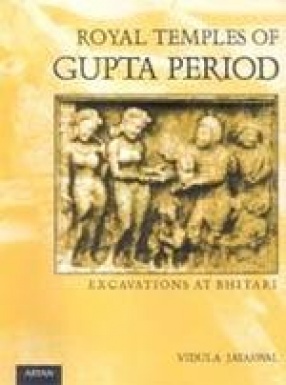
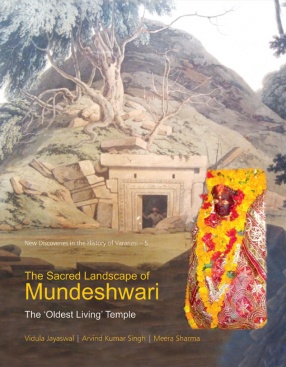
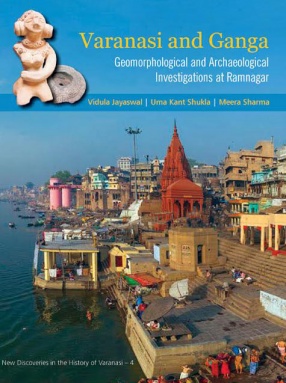
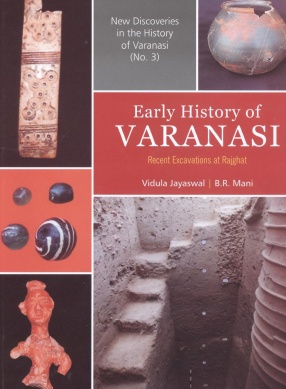
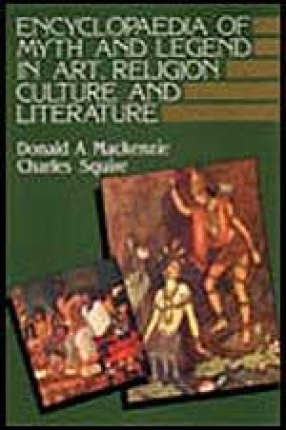
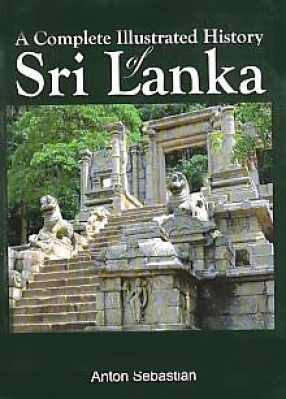
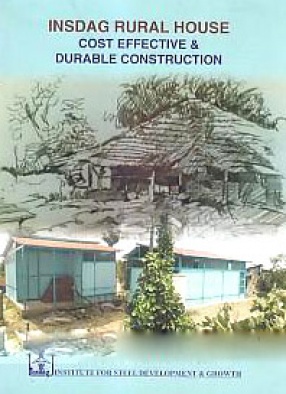
There are no reviews yet.